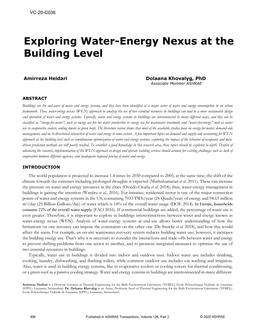well known. In such systems heat from the sun radiates upon a collector, causing sensible heat to be added to a liquid in the collector plate. After the temperature of the liquid has increased in the range of 8 – 18 F (4.4 – 10° C), a differential control causes the liquid to be circulated to a heat exchanger where it gives up its heat and is pumped back to the collector at a definite and predetermined rate for best efficiency. Heat transfer in a hydronic system is accomplished by adding sensible heat to the collector fluid in the collector and removing sensible heat from that fluid in the heat exchanger.
Here we are discussing our experience with the design and operation in the field of several hundred small refrigerant charged domestic water heating systems. In this case, heat transfer is accomplished through phase change. The refrigerant we have used in production systems has been unpressurized R11. Also, a number of experimental systems have been charged with R114 or R12 for comparative tests.
Citation: ASHRAE Transactions, Volume 87, Part 2, Cincinnati, Ohio
Product Details
- Published:
- 1981
- Number of Pages:
- 8
- File Size:
- 1 file , 890 KB
- Product Code(s):
- D-CI-2660


